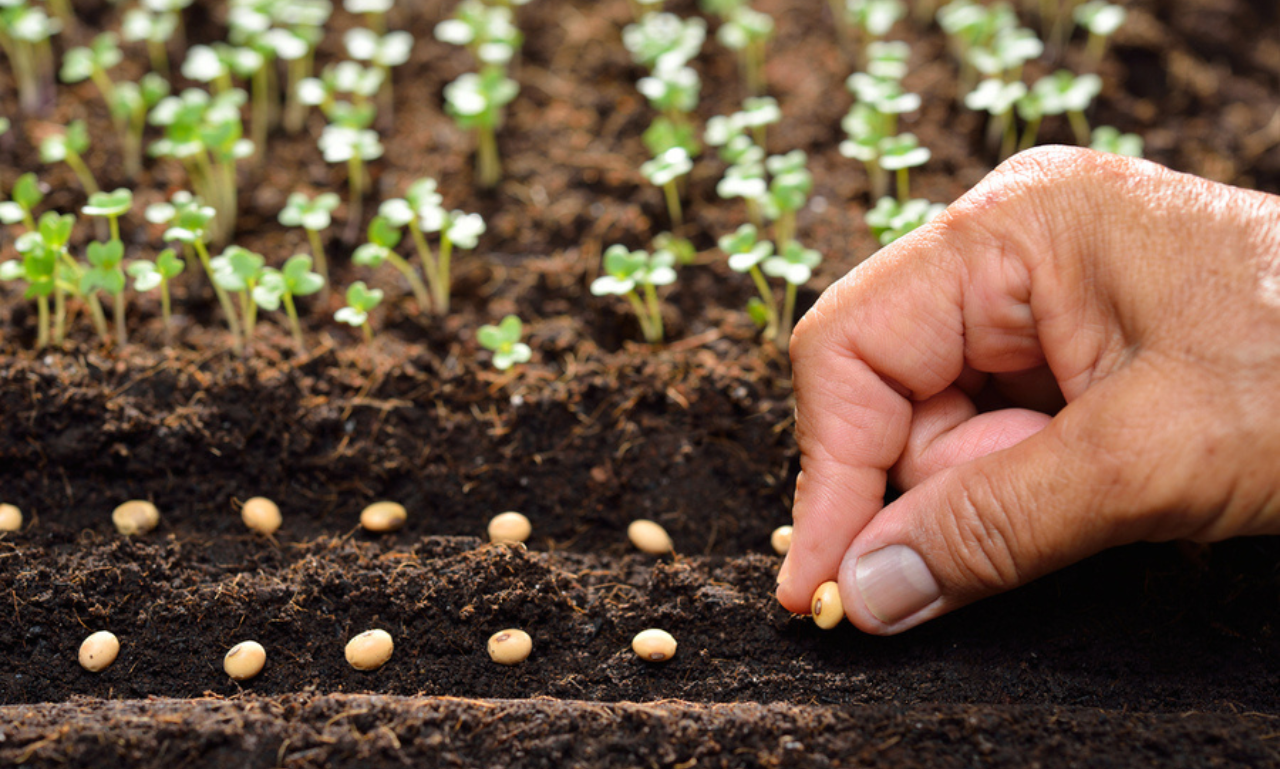Gardening enthusiasts are no strangers to the joys of watching their carefully nurtured plants flourish and provide a bountiful harvest. However, achieving consistent yields and making the most of available garden space can be a challenge, especially when dealing with different climate zones and changing seasons. This is where the practice of succession planting comes into play – a technique that allows gardeners to extend their growing season, optimize space utilization, and ensure a continuous supply of fresh produce throughout the year.
Understanding Succession Planting
Succession planting is a time-honored technique that involves planting crops in a staggered manner to ensure a continuous supply of harvestable produce over an extended period. This approach is particularly valuable in regions with varying climates, where the traditional planting season is not confined to just a few months.
One prime example of this is found in warm climates, specifically zones 7 to 10, where the planting season can span almost year-round. Locations like Central Florida showcase the potential of unique planting times. For instance, beans can be sown both in March and September, offering multiple harvest opportunities. Beets thrive from October to March, while tomatoes and peppers are strategically planted in February for summer harvest and again in September for a winter yield.

The Benefits of Succession Planting
Succession planting offers a range of benefits that contribute to enhanced productivity, improved taste, and better nutritional value of crops. One of the key advantages is maximizing yields through continuous replanting after harvesting. This practice is particularly crucial in zones 7 to 10, where gardeners can make the most of their extended growing seasons.
Moreover, succession planting aligns well with the principles of crop rotation and efficient space utilization. By recycling space and consistently planting new crops, gardeners can prevent feast-and-famine cycles, ensuring a steady supply of fresh produce without overburdening the soil with the same crop year after year.
Strategies for Success in Different Zones
In zones 4 to 6, a second planting season can be initiated in midsummer, allowing gardeners to cultivate a variety of crops like broccoli, lettuce, peas, spinach, kale, cilantro, and arugula. These crops can be sown in July and August for a bountiful fall harvest, taking advantage of the slightly cooler weather.
For those aiming to further optimize their success, Eliot Coleman’s book, “The Winter Harvest Handbook,” serves as an invaluable resource. Coleman emphasizes year-round land use and the practice of double- and triple-cropping to maximize productivity. Intensive farming techniques, as described in the book, have the potential to yield nearly double the expected harvest per acre.
Implementing Succession Planting
Successfully implementing succession planting requires a thoughtful approach and a keen understanding of the planting cycles of various crops. Here are some strategies to consider:
- Staggered Plantings: Opt for the same vegetable but sow seeds at intervals of two to four weeks. This ensures a steady supply of produce instead of a single overwhelming harvest.
- Different Vegetables in Succession: Follow short-season crops with later-season varieties to maximize space utilization and yield. This technique allows you to make the most of the available garden space.
- Paired Vegetables: Intercropping, or planting pairs of vegetables that complement each other, is an effective way to optimize space while enhancing productivity.
- Varied Maturity Rates: Select early-, mid-, and late-season varieties of the same crop to ensure a continuous harvest throughout the growing season.
Planting Considerations and Tips
To ensure success with succession planting, consider the following tips:
- Seed Supply: Ensure you have an adequate seed supply for the entire growing season, including potential over-wintering in protected environments.
- Soil Fertility: Maintain soil fertility between plantings by incorporating compost or leaf mold to replenish nutrients.
- Space Management: Remove spent plants promptly to free up space for new plantings. This practice maximizes the efficient use of garden space.
- Transplanting: Consider starting new transplants in mid-spring to replace harvested crops or to grow fall greens.
- Cooler-Weather Crops: Take advantage of the ability of cool-weather crops to thrive in late-season plantings. These crops can provide fresh produce well into the cooler months.
Conclusion
Succession planting is a gardening strategy that transcends climate zones, offering gardeners the opportunity to make the most of their available space and growing seasons. Whether you’re planting in warm climates with extended growing periods or seeking to maximize space in cooler zones, the principles of succession planting can help you achieve a continuous supply of fresh produce and elevate your gardening efforts to new heights. By embracing these techniques and strategies, gardeners can create a harmonious and efficient garden that yields a diverse and continuous bounty throughout the year.

